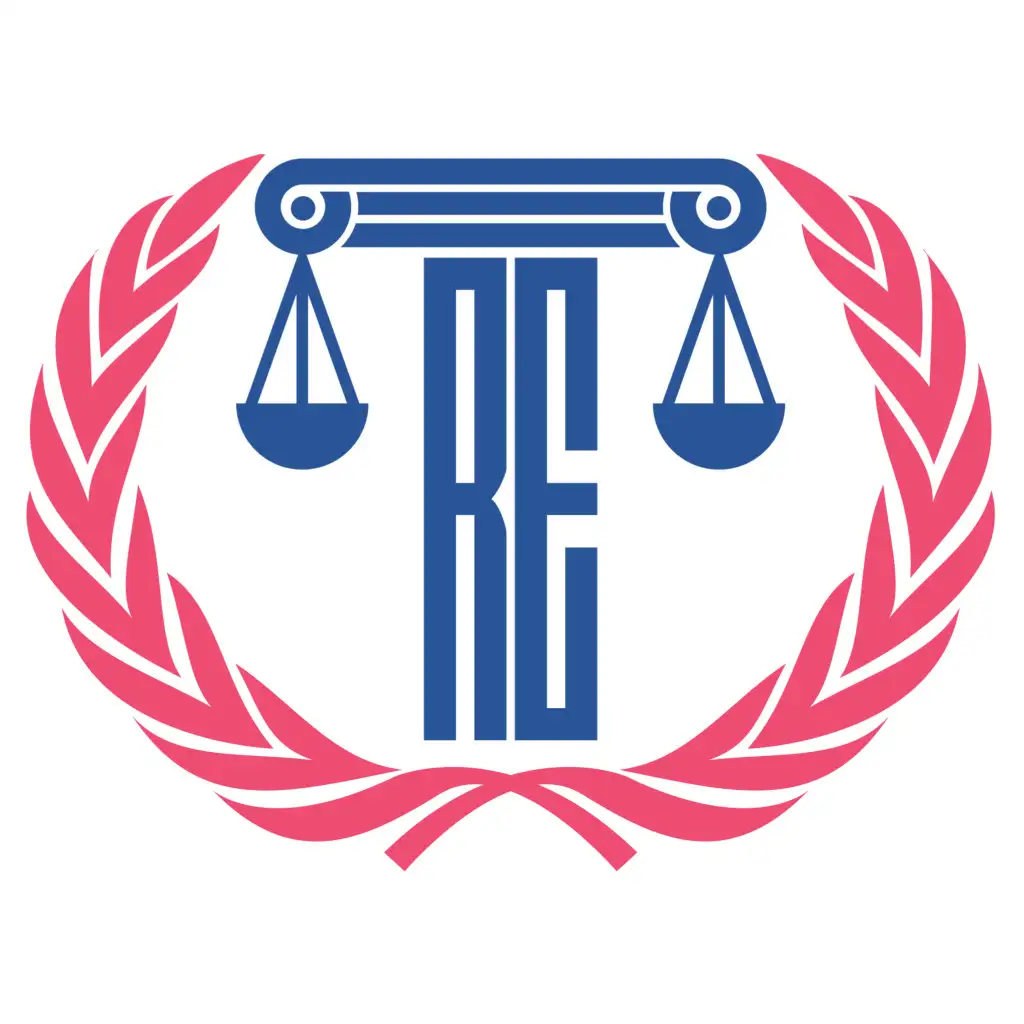Estate planning is a crucial process that often raises questions about the best ways to manage one’s assets after death. Two primary tools are frequently discussed in this context: the will and the revocable living trust. Each serves a different role in ensuring that one’s wishes are carried out effectively. This article explores what each tool does, how they interact, the costs involved, and common misconceptions.
A will is a document that specifies who will inherit your assets and who will be responsible for raising your children if applicable. While essential for every adult, a will alone cannot prevent the estate from going through probate. This legal process evaluates the will in court, leading to the issuance of “Letters Testamentary,” allowing an executor to distribute the estate. Probate is known for being public, lengthy, and expensive. Without a will, the court determines asset distribution and guardianship, which might not align with the deceased’s wishes.
A revocable living trust offers more flexibility and privacy. Unlike a will, a trust allows the grantor to dictate not just who receives the assets, but also how and when they are distributed. For example, it can prevent a young beneficiary from squandering an inheritance by setting conditions like age or educational achievements. Additionally, a trust handles the assets privately, without court intervention, thus avoiding probate.
Contrary to common belief, trusts are not exclusively for the wealthy. Individuals with homes, life insurance, or children can benefit from them. While some firms charge $5,000 to $10,000 based on net worth, a sound estate plan with a revocable living trust typically costs closer to $3,000, with opportunities for savings during promotional periods. It’s a one-time payment for lifetime validity, with the flexibility to revise as needed.
When setting up a trust, selecting the right individuals for roles such as trustee, guardian, and executor is critical. They should be trustworthy with financial and decision-making responsibilities rather than just available or good with children. Properly funding the trust is also essential; this involves transferring ownership of properties and certain accounts to the trust. Without this step, the estate might still go through probate.
An estate plan should include not just a will and a trust but also a living will or health care directive and a durable power of attorney. These documents ensure medical and financial decisions can be made if the individual becomes incapacitated.
A revocable living trust is not designed for asset protection from legal actions. Its primary purpose is to organize assets and ensure a smooth transition, maintaining legacy and peace of mind. Other strategies, such as forming LLCs, are more suitable for asset protection.
Without an estate plan, the court, and the IRS will determine the distribution of assets, which might not align with one’s wishes. The importance of planning cannot be overstated, regardless of the size of the estate.
















